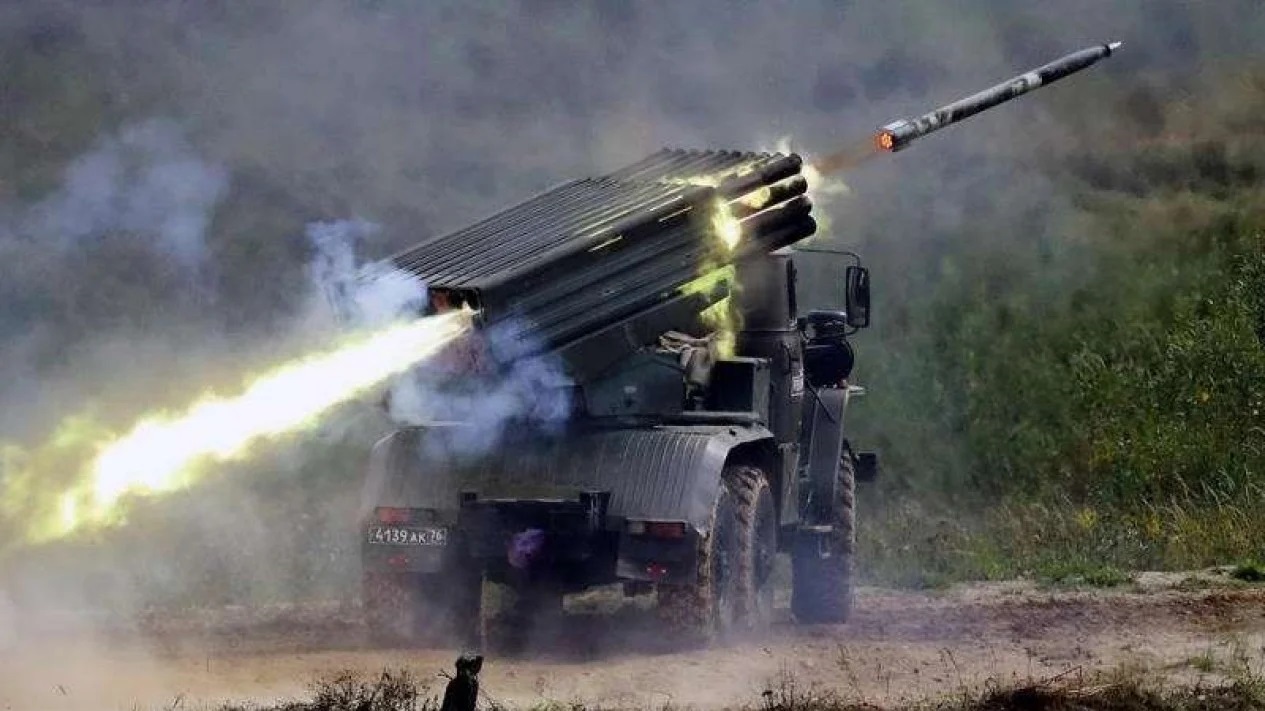Ukraine appears to have launched a successful strike on the Russian-controlled airbase at Novofedorivka in Crimea. In the aftermath of the attack, Ukraine’s domestic ballistic-missile research-and-development programs have found new interest among outside observers.
What Happened in the Strike?
Ukraine’s role is yet to be determined in the series of explosions that hit Novofedorivka’s Saky airbase on Aug. 9, and the tools its forces may have used to execute a possible strike are similarly unknown. At around 3:20 p.m. local time, a series of blasts rocked the airbase, which is located near the western coast of the Russian-occupied Crimean peninsula. That location places the airbase outside of the range of all known operational Ukrainian artillery and missile systems, such as the HIMARS or Tochka-U.
Ukraine issued an official denial of involvement in the strike (and sarcastically mocked the Russian Ministry of Defense’s official explanation that the explosions resulted from non-adherence to fire-safety standards). But an unnamed Ukrainian official with knowledge of the incident told The New York Times that Ukraine had in fact been behind the explosions. While the official did not give any specific details, he asserted that “a device exclusively of Ukrainian manufacture” was used in the strike, which he said was conducted with the help of partisans loyal to Kyiv.
What Could this “Device” Be?
One possible contender for the mysterious “device” is Ukraine’s Grim-2 missile. With a name that translates to “thunder” in English, the Grim-2 has also been known as the Sapsan, as well as other transliterations of the original Ukrainian, such as the Hrim.
Ukraine’s domestic research-and-development program for a short-range ballistic missile dates back to at least 2003. The program sought to develop a successor to the Soviet-era Tochka-U that could rival Russia’s Iskander-M ballistic missile system. The status or operationality of the Grim-2 remains unconfirmed. Nonetheless, the weapon is reportedly designed to be launched from a 10×10 or 6×6 transport erector launcher vehicle, and it can reportedly carry a 1,100-pound warhead and make evasive maneuvers in response to missile threats. According to Ukrainian sources, the missile has an operational range of at least 250 kilometers, and possibly up to 500km. This theoretically would put the Novofedorivka airbase barely within range, if the Grim-2 were fired from standoff distance in Ukraine’s southwest.
Ukrainian sources reported that the Grim-2 missile was unveiled publicly for the first time in 2018, with its first flight in January that year. The missile reportedly entered development in 2016, with the help of $40 million of Saudi financing for the project, which was spearheaded by Ukraine’s Yuzhnoye Design Office. At that time, Ukrainian sources claimed that the missile would enter mass production in 2018 or 2020, but there is scant information available to confirm that this actually took place. While the Grim-2 would certainly fit the bill as an exclusively Ukrainian weapon, the lack of any information on its mass production casts doubt on the idea that Ukraine used it to strike the Russian-controlled airbase. Ukraine’s Grim-2 missile has also never been shown in public in its complete form, which makes it hard to confirm that it is operational.
The use of the word “device” to describe the weapon that set off the Aug. 9 explosions leaves plenty of room for interpretation. According to another theory, Ukrainian partisans or special forces could have used a Ukrainian-made drone to set off the explosions. It would not take much to set off a chain reaction of explosions by striking munitions assembled near aircraft parked at the base, a feat a drone could carry out. Even if the Grim-2 was not used to strike the airbase at Novofedorivka on Aug. 9, it is not inconceivable that Ukraine will continue develop the system in order to update its stocks of ballistic missiles.
Wesley Culp is a Research Fellow at the Center for the Study of the Presidency and Congress. He regularly writes on Russian and Eurasian leadership and national security topics and has been published in The Hill as well as in the Diplomatic Courier. He can be found on Twitter @WesleyJCulp.

